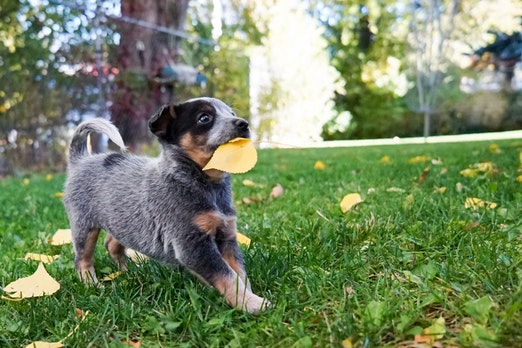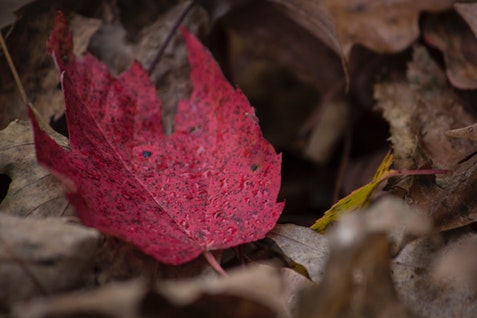
I guess you could say that my love of soup started here. My grandfather would make this soup the night before and then he and I would go out early the next morning and watch birds. He was an avid bird watcher and so he needed an easy and filling meal while he was out.
The recipe actually comes from his mother, she would make a big portion and he and his brothers would eat it while they were out on the field.
I will agree that this is not cheap. If you were poor you couldn't afford it. It was cheap for my granfather's family, however, since they owned the farm and everything that ended up in the soup was grown there.
Ingredients
- 1 to 1 1/2 lbs ground beef or ground turkey (I used ground beef)
- 1 can (10 oz) diced tomatoes and green chilies (or Rotel)
- 16 oz. package frozen mixed vegetables
- 6-8 potatoes peeled and diced
- 1 small onion diced
- 6 beef bouillon cubes
- 8 cups water
- salt and pepper to taste
Directions
- Brown meat on stove top and drain grease.
- Combine all ingredients, heat over low for about an hour.
- Add salt and pepper to taste and voila- dinner’s served!

You actually need more carbon than nitrogen (food waste). The 3:1 ratio that everyone tell you about is an easy way to think of it, adding 3x the amount carbon as nitrogen, but in reality you want a 25:1 carbon:nitrogen ratio. This second figure is used when you account for the varying ratios of every individual input.
Nothing is 100% carbon or 100% nitrogen.
What works for me is to add a big pile of leaves to the bin and make an indentation in the middle. I then dump the food waste in the middle and cover it with a thin layer of more leaves (that keeps the smell and the insects down). You want a 3:1 carbon to nitrogen ratio so get the carbon. For example, food waste is about 16:1 and woodchips are more like 400:1 (but slow release carbon). Once adding everything together with their individual ratios, you want it to equate to 25-30:1.
For turning, you should be turning enough so that there is always a supply of oxygen in your pile.
The actual frequency will vary depending on inputs and size of the pile. I have some pretty large piles of food waste/hay that I turn about once a week.
If you're composting indoors then vermicomposting might be for you, but only if you are producing less food scraps than the worms can eat. For wet food scraps an outdoor bin is probably the way to go. Worms don't like really wet bins.
One note on the leaves: if you aren't shredding them there is potential to create anaerobic conditions which could cause odor. The other thing that could cause odor is too much nitrogen (or not enough carbon).


We had a problem with the sidewalk. Last winter we had a lot of snow and when it melted we noticed that our sidewalk was sinking in on one end. Not bad, at least at first, but it got worse.
My husband asked around and got some ideas on how to fix it. It required a little elbow grease, but we got it done.
I dug under the edge of the low side and my husband jacked it up. Then we packed as much sand as we could under it. You will need to back fill with sand and small gravel, using a pipe or board to get it all the way under the slab otherwise it might not hold up.










